Main story: Local Latino families celebrate Hispanic Heritage Month
Activities include enjoying ethnic foods, dancing and virtual painting classes
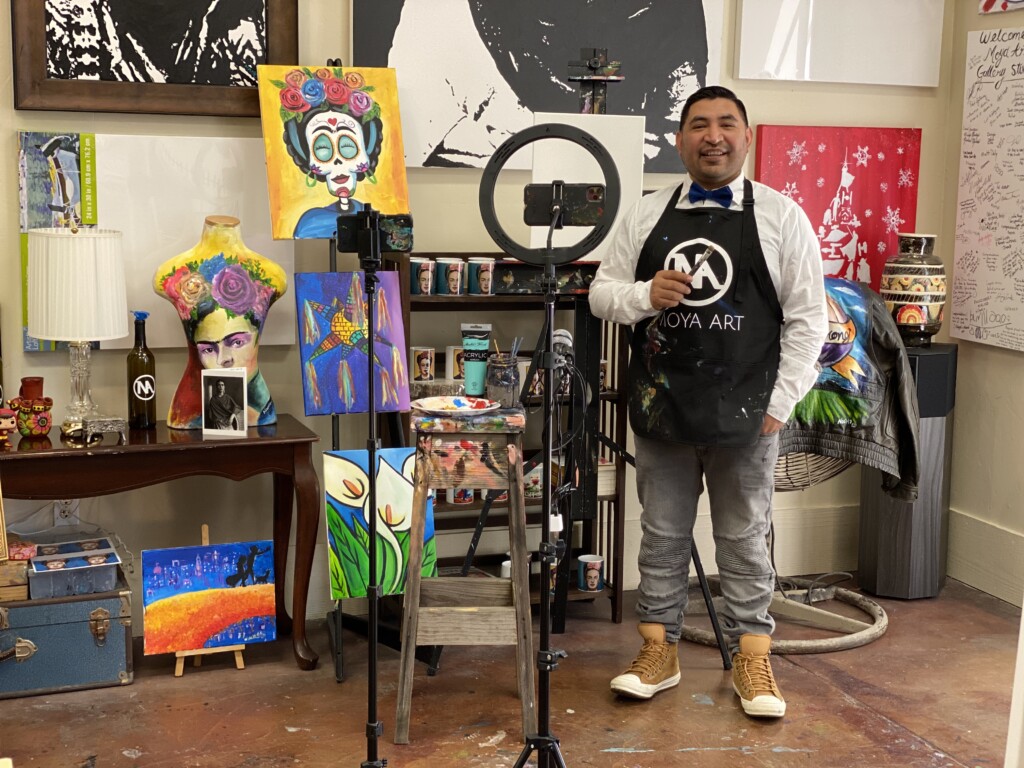
Photo courtesy Nacho Moya
Gilroy artist Nacho Moya teaches painting classes virtually with the theme of National Hispanic Heritage Month.
By Vanessa Soto

Vanessa Soto
Many South Valley residents take pride in their Latino roots and show it off by annually celebrating National Hispanic Heritage Month, which runs from Sept. 15 to Oct. 15. With COVID-19 pandemic shelter-in-place requirements, they have been forced to find unique ways to safely do so this year.
An immigrant from the state of Oaxaca, retired Rod Kelley Elementary School teacher Evelia Rosso is proud of her Mexican heritage. She celebrated National Hispanic Heritage month by visiting her two preschoolers on Sept. 16, the day in 1810 when Mexico declared itself liberated from Spain’s rule.
“We were nonstop singing ‘De Colores’ and other children’s songs,” she said of the Mexican Independence Day, which serves as the kick-off event for the heritage month. “I gave them percussion instruments to play while we sang. The kindergartner is in the Bilingual Immersion Program at Las Animas School. He was so engaged in learning Spanish songs”
The celebration continued with authentic Mexican dishes beloved by the Rosso family.
“I’m very traditional Oaxacan, we’ve done a lot of sharing of some of our favorite meals,” she said.
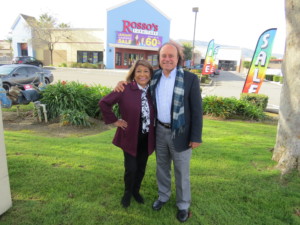
Photo by Marty Cheek
Evelia and Jaime Rosso in front of Rosso’s Furniture Store in Gilroy
A co-founder with her husband, Jaime, of Rosso’s Furniture Store in Gilroy and Morgan Hill, Rosso stressed the contribution of Latinos to America’s culture and economy.
“I immigrated when I was seven years old. I lived in a migrant camp as a child in Sonoma County,” she said. “My dad was a foreman for a ranch there and my mom and us three kids picked fruit nearby, prunes, strawberries, walnuts, and more.”
The family worked hard and the children went to school, Rosso said of her youth. She has fond memories of family fiestas that included Oaxacan cuisine such as mole, homemade tortillas, tamales, pozole, salsas and more.
“I continued with the Mexican traditions that I was brought up with, and I continued doing it with my family as well when it comes to festivities, the food, the music, the appreciation of the art,” she said. “My oldest brother played the drums, and I got to be one of the singers in a band when I was a teenager singing romantic boleros (a style of Spanish music).”
For Albert Marques, a Spanish and music instructor at Gavilan College, traditional Mexican and Spanish dishes, songs and lots of laughter contribute to celebrating Hispanic Heritage Month. His father’s family is from Spain and his mother is from Mexico. On his dad’s side, they make paella and on his mother’s side they prepare special Mexican dishes like aguachile.”
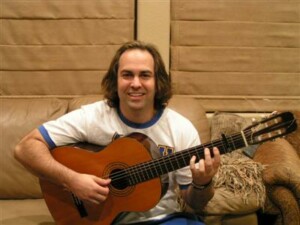
Gavilan College instructor Albert Marques is proud of his Hispanic heritage. Photo courtesy Gavilan College
“It’s a way for us to celebrate all the Hispanic cultures. It’s another reason to party,” he said. “I always try to do things in this month that are close to my culture. I think a lot of that would deal with maybe some special occasions, to make certain foods, certain drinks.
The coronavirus crisis makes it difficult for his family to be able to gather to celebrate Hispanic Heritage Month.
“Normally, we would definitely have a big fiesta in the house,” he said. “We would celebrate, but with COVID, we’re keeping it on the down-low.”
In Gilroy, about 58 percent of the population are of Hispanic ancestry. That number is about 33 percent in Morgan Hill, according to the U.S. Census.
Latino people make up a major component of growth of the American workforce. Hispanic Americans are the largest racial or ethnic minority group in the U.S. and represent more than 59 million people.
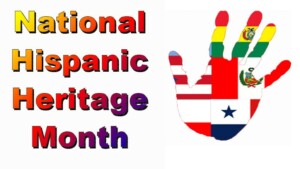 More than one in four public school students in the United States are Latino. The ratio of Latino students is expected to rise to nearly 30 percent by 2027. About 19 percent of all college students in America are Latino, the second largest racial or ethnic minority group enrolled in higher education.
More than one in four public school students in the United States are Latino. The ratio of Latino students is expected to rise to nearly 30 percent by 2027. About 19 percent of all college students in America are Latino, the second largest racial or ethnic minority group enrolled in higher education.
Marques believes National Hispanic Heritage Month can be a special time for the South Valley. Many Latinos take part in activities that show their contributions to the region and help people of all cultures understand the wide-spread diversity in the region through music, dance performances, cuisine, history talks, and other activities.
“For a lot of Hispanics here, it’s a chance for them to reflect on who we are, where we came from, where our parents come from, and what our parents have done to make a better life for us,” Marques said.
Usually, students in Marques’ Spanish language classes at Gavilan will do assignments during National Hispanic Heritage Month to celebrate and learn more about the history and culture of people who come from Latin American countries.
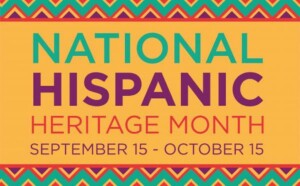 Many of his students don’t know the difference between Cinco de Mayo, a festive time in the United States but an obscure holiday in Mexico, and the Sept. 16 Mexico Independence Day commemoration. Before the pandemic, the instructor would dedicate a day where the class discussed the differences of each holiday and their significance to Mexican culture.
Many of his students don’t know the difference between Cinco de Mayo, a festive time in the United States but an obscure holiday in Mexico, and the Sept. 16 Mexico Independence Day commemoration. Before the pandemic, the instructor would dedicate a day where the class discussed the differences of each holiday and their significance to Mexican culture.
Regardless of whether they immigrate to the United States or were born here, people of Hispanic ancestry contribute much to the culture and economy of the nation, he said.
In Mexico, for many families the opportunities to financially improve their lives can be scarce. The rich tend to stay rich and the poor stay poor because of the social constraints. So many people in poverty look to the north and see a land filled with hope, Marques said
“A lot of those people come to America with the dream of a better life,” he said. “The Hispanic man or woman who can open his or her own Hispanic restaurant or maybe start a business (here), they would not have those opportunities in Mexico. I think that a lot of them come here with that dream to have that great life.”
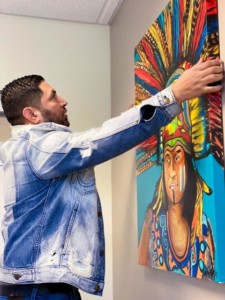
Photo courtesy Rosa Quiroz
Gilroy artist Nacho Moya hangs one of his paintings at the Center of Excellence in Diversity in Medical Education at Stanford University.
Gilroy-based artist Nacho Moya often shares with South Valley residents the respect he holds for his Latino, Hispanic and part-Native American heritage through his paintings and other artistic works.
“I am just proud to be Hispanic and to be able to represent my Hispanic community and the community,” Moya said. “I represent my Latino community with pride. I always carry that honor with me of being Hispanic, and I am proud of it everywhere I go.”
Moya has been recognizing the contributions of Hispanics to the history of the United States, this year’s national theme, through paint party events.
He did one with the Santa Clara Library District where he led a group of residents to create a painting inspired by Mexican artist Diego Rivera. During September, he taught students art at paint parties based on the Día de los Muertos (Day of the Dead), a Hispanic spiritual event which is celebrated Nov. 3 by many people of Latin American cultures.
“This month I have been hosting events that are free for the community, but with Hispanic themes,” he said. “Sometimes I mix, like I did a mini Frida Kahlo painting, that represents my Hispanic heritage and the American. I like to mix my heritage in my paintings. I grew up here in the United States.”
Moya invites people from all over the world to join his virtual classes and asks for a donation or a tip through Venmo or PayPal. He encourages people who are interested in attending these online classes to visit his Facebook page for a schedule. One of these events done through the library district taught how to paint calla lilies, a popular flower grown throughout Mexico.
He also likes to teach his students how to paint art that represents familia (family), an important aspect of Hispanic culture. Another artistic theme that represents his heritage is amor eterno (eternal love).
“It’s about two skulls holding each other’s hands and it’s really beautiful,” he said. “It’s about a couple who are already dead, it’s like Dia de los Muertos. Amor eterno means that even though you’re dead you’re still together. That’s my belief and that’s my heritage.”
Many people of Latino heritage learn about their culture through their parents and grandparents. Among them is Alexia Jaines, a nursing student at Gavilan College.
“I’m just happy to be Hispanic, and I’m really happy my family was able to teach me about my culture and show me around Mexico before the pandemic hit,” she said.
Jaines believes that it is mainly the older generations who keep the culture going by trying to teach the younger generations about its various components such as Latino arts and history.
Unfortunately, the pandemic and social distancing orders is keeping people from coming together to watch the ethnic dancers in colorful clothes and the Latino parades the South Valley’s Hispanic community usually holds.
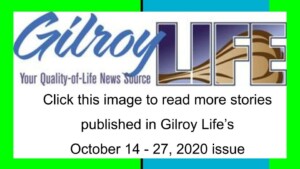 National Hispanic Heritage Month means much to many of the residents of Morgan Hill because the city encourages the celebration of its population’s cultural diversity, said Chiquy Mejia, the youth development and outreach coordinator for the city of Morgan Hill.
National Hispanic Heritage Month means much to many of the residents of Morgan Hill because the city encourages the celebration of its population’s cultural diversity, said Chiquy Mejia, the youth development and outreach coordinator for the city of Morgan Hill.
An immigrant from Venezuela, the vivacious woman regularly teaches the popular Zumba dance as an instructor for the Centennial Recreation Center in Morgan Hill. Many join her energetic classes throughout the years for the benefits of the fast-paced exercise movements it requires of participants.
“In the Zumba class what I do is I bring the Spanish culture, music, movements, and teach my students the proper salsa steps,” she said. “Merengue, bachata, salsa, cumbia, and cha cha cha. Those are the main roots. I teach them and I tell them, OK, let’s do a cumbia from Colombia and Mexico together. Let’s go to Brazil. Let’s go to Spain. I give them a little connection from the music to the country.”
 In July, Congressman Jimmy Panetta, who represents parts of Gilroy, co-sponsored legislation to establish a Smithsonian National Museum of the American Latino on the National Mall. If built, it would be dedicated to honoring the contributions of Latinos to the United States. The House of Representatives passed this legislation July 29.
In July, Congressman Jimmy Panetta, who represents parts of Gilroy, co-sponsored legislation to establish a Smithsonian National Museum of the American Latino on the National Mall. If built, it would be dedicated to honoring the contributions of Latinos to the United States. The House of Representatives passed this legislation July 29.
Mejia hopes this project will one day be completed and she and other South Valley residents can eventually visit the museum in Washington, D.C.
“Latinos are a large population who add a lot to the economy of this country,” she said. “Sooner or later we are going to get to where we want to go.”
Freelance reporter Vanessa Soto is a Gilroy resident.
